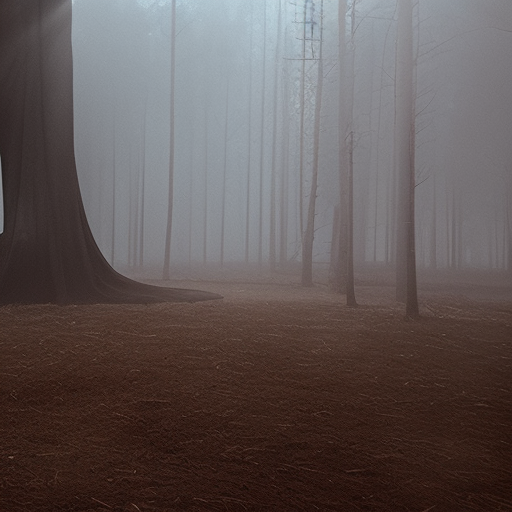Cinéma Vérité:
Cinéma Vérité, also known as Direct Cinema or observational cinema, is a documentary filmmaking style that emerged in the 1960s. It aims to capture reality as it unfolds, without any interference or manipulation from the filmmaker. This summary will explore the origins, characteristics, and impact of Cinéma Vérité.
Origins:
Cinéma Vérité originated in France in the late 1950s and early 1960s as a response to traditional documentary filmmaking. Filmmakers such as Jean Rouch and Edgar Morin sought to break away from the scripted and staged nature of traditional documentaries and instead capture real-life situations and spontaneous moments. They believed that by observing and documenting reality without intervention, they could reveal deeper truths about human behavior and society.
Characteristics:
Cinéma Vérité films are characterized by several key features. Firstly, they employ handheld cameras to create a sense of immediacy and intimacy. This technique allows the filmmaker to be physically present in the scene, capturing the action as it unfolds. Secondly, Cinéma Vérité emphasizes natural lighting and sound, avoiding artificial setups or voice-overs. The goal is to present the audience with an unfiltered and authentic experience.
Another important characteristic of Cinéma Vérité is the absence of interviews or narration. Instead of relying on talking heads or voice-overs, the filmmakers let the events and people on screen speak for themselves. This approach allows for a more immersive and subjective experience, as the audience is left to interpret the footage and draw their own conclusions.
Cinéma Vérité also often focuses on ordinary people and everyday situations. The filmmakers seek to capture the essence of human experience and explore social and cultural issues through the lens of real-life stories. By documenting the lives of ordinary individuals, Cinéma Vérité aims to shed light on universal themes and emotions.
Impact:
Cinéma Vérité had a significant impact on the documentary genre and filmmaking as a whole. It challenged the traditional notions of objectivity and truth in documentary filmmaking, arguing that the presence of the filmmaker and their subjective perspective is an inherent part of the storytelling process. This approach paved the way for more personal and subjective documentaries in the years to come.
The Cinéma Vérité movement also influenced other forms of media, such as television news and reality television. The use of handheld cameras and the emphasis on capturing reality as it happens became common techniques in these mediums. The idea of presenting unfiltered and unscripted content to the audience became a popular approach in various forms of media.
Furthermore, Cinéma Vérité played a crucial role in shaping the way documentaries engage with social and political issues. By focusing on ordinary people and their stories, Cinéma Vérité brought attention to marginalized voices and shed light on social inequalities. It provided a platform for individuals and communities to share their experiences and challenge dominant narratives.
In conclusion, Cinéma Vérité is a documentary filmmaking style that emerged in the 1960s, aiming to capture reality as it unfolds without intervention or manipulation. It originated in France and was characterized by the use of handheld cameras, natural lighting and sound, and the absence of interviews or narration. Cinéma Vérité had a significant impact on the documentary genre, influencing the way documentaries are made and how reality is portrayed in various forms of media. It challenged traditional notions of objectivity and truth, emphasizing the subjective perspective of the filmmaker. Additionally, Cinéma Vérité played a crucial role in bringing attention to marginalized voices and addressing social and political issues.












